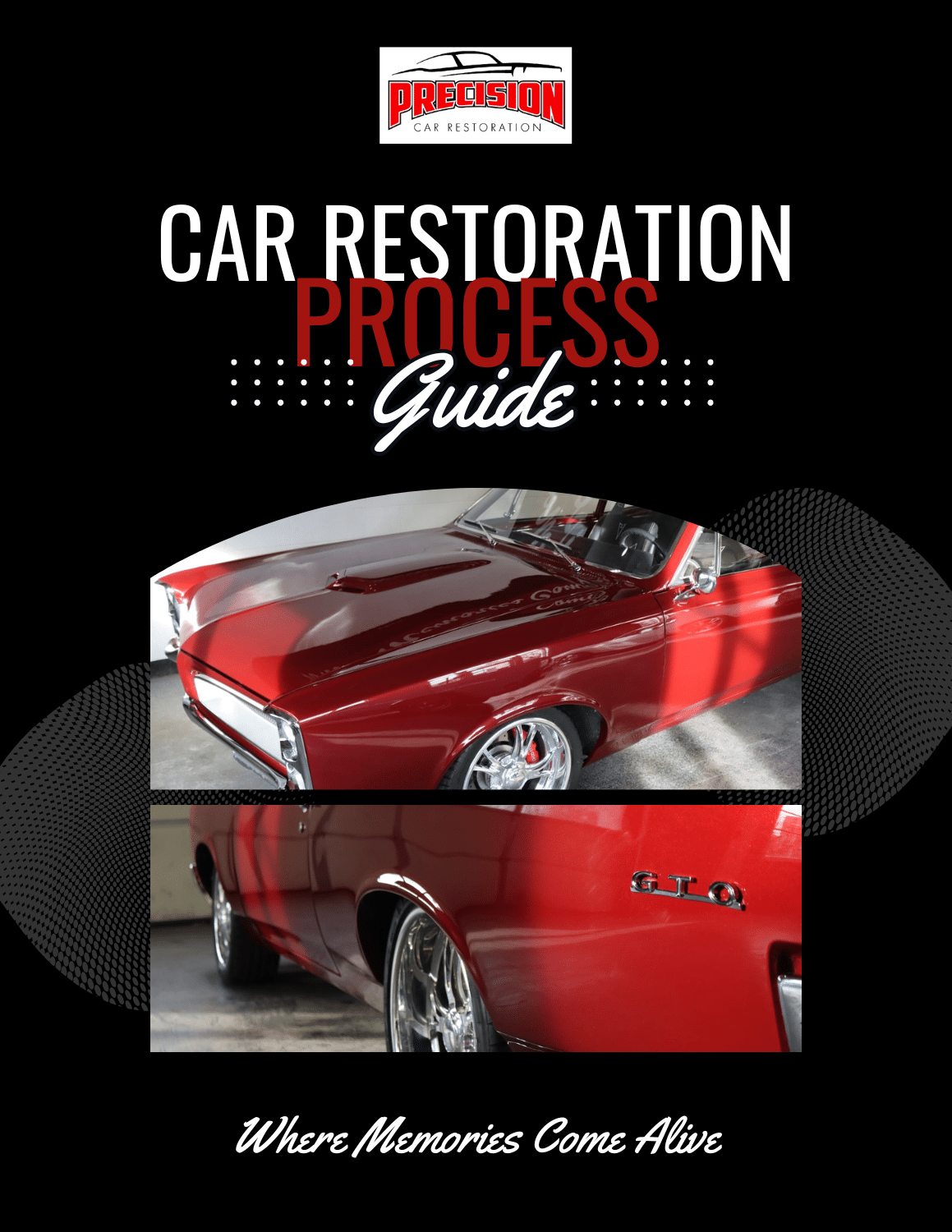 Classic cars are, first and foremost, visual objects. It’s no surprise that many classic cars have striking exterior designs, and that classic cars have remained popular for generations in part because they simply look very cool. Yet, as classic car owners soon come to find out, what’s on the inside of a classic car is just as important as the exterior. Mechanical aspects of classic vehicles can affect drivability and safety. On that note, today we’ll review a key aspect of classic car performance –– the drivetrain. We’ll explore classic car drivetrain service and explain everything you need to know about updating or upgrading your vehicle’s engine and mechanical features.
Classic cars are, first and foremost, visual objects. It’s no surprise that many classic cars have striking exterior designs, and that classic cars have remained popular for generations in part because they simply look very cool. Yet, as classic car owners soon come to find out, what’s on the inside of a classic car is just as important as the exterior. Mechanical aspects of classic vehicles can affect drivability and safety. On that note, today we’ll review a key aspect of classic car performance –– the drivetrain. We’ll explore classic car drivetrain service and explain everything you need to know about updating or upgrading your vehicle’s engine and mechanical features.
The Drivetrain is not the Same as the Powertrain
First, some definitions for clarity’s sake. The powertrain of a vehicle refers to all the components that power the car: this includes the engine, the transmission, and numerous other parts like axles, propeller shafts, and the differential. The drivetrain on the other hand, refers to the everything that delivers power to the wheels, but not the engine itself. So while drivetrain services and engine upgrades are often connected, drivetrain improvements can occur independent of engine repairs.
Drivetrain Upgrades with Aftermarket Parts
Many classic car owners choose to update their drivetrains with aftermarket parts in order to improve vehicle performance and safety. For example, replacing a worn-out transmission with an overdrive transmission can enhance fuel economy and offer improved gearing for quicker acceleration. Updating a car’s transmission, along with other components of the drivetrain, can make it much easier (and cheaper) to drive a classic vehicle on a daily basis.
In addition, if you choose to swap out your engine, there’s a good chance you will have to change your transmission and drivetrain too. Indeed, some shops are even capable of replacing the powertrain completely in order to update classic cars with modern electric engines. As a general rule, the more modern the engine, the higher the chance you’ll have to make drivetrain adjustments to accommodate it.
Lastly, classic car owners do not have to upgrade the drivetrains on their classic vehicles with modern parts. For individuals who are most concerned with authenticity, it is often possible to rebuild drivetrains back to factory specifications with OEM parts.
Drivetrain Service is Essential
A blown transmission and other drivetrain problems can make it impossible for a car owner to drive their classic vehicle. In other words, a fully-functioning drivetrain is key to driving a classic car safely. So while drivetrain service can and should be a part of the classic car restoration process, regular drivetrain maintenance can also be very important. The silver lining is that the signs of a malfunctioning drivetrain are fairly obvious. They can include:
- Clunking noises.
- Difficulty turning.
- Vibrations or shudders when driving.
- Issues shifting gears.
- Fluid leakage.
- Overheating.
Whether you want to update your drivetrain to accommodate a new engine, or you want to restore your drivetrain to its original quality, addressing mechanical elements of your classic car will protect its value and ensure it is safe to drive. So make sure to partner with qualified classic car experts if you’re contemplating mechanical upgrades or repairs.
Contact the Pros
At Precision Restorations, we have the skills and the resources to complete virtually every type of mechanical repair a classic car could ever need. Whether you need a tune-up, transmission rebuild, fuel tank cleaning, A/C installation, engine swap, or any other kind of engine work, we’ve got you covered. We’re always happy to speak to our customers about their classic cars. Contact us toll free at 1-844-652-1966. Or you can email me directly at [email protected].

